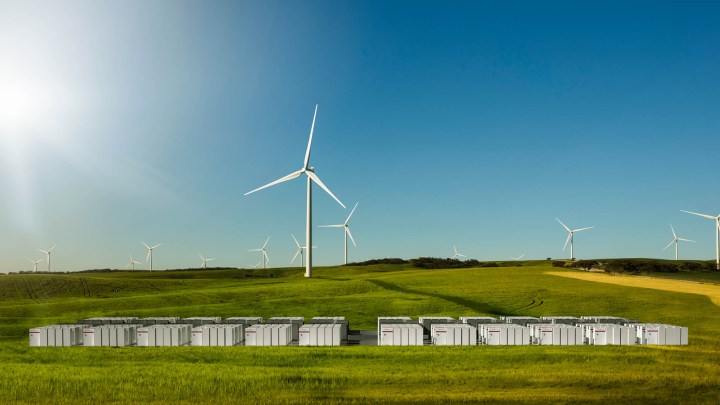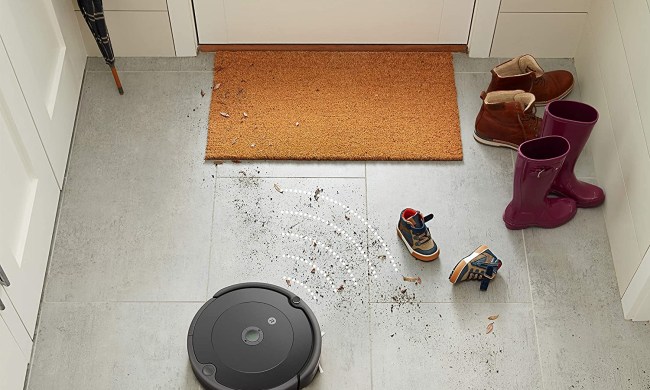
The land down under is about to jump on top when it comes to renewable energy resources. Following what Tesla called a “competitive bidding process,” Elon Musk’s multifaceted company announced that it had been selected to provide a 100 MW/129 MWh Powerpack system to South Australia. The introduction of the new power storage capacity ought to help the country address perpetual blackouts previously caused by storms and heat. Just last September, an enormous storm caused a state-wide blackout and left 1.7 million Australians without electricity. But now, Tesla hopes that its Powerpack could make scenarios like those a thing of the past.
Tesla’s energy storage system will be paired with global renewable energy provider Neoen’s Hornsdale Wind Farm near Jamestown, South Australia. However, Musk’s company will be responsible for the entire energy storage system component, according to a Tesla press release.
The Powerpack will use the sustainable energy provided by the Hornsdale Wind Farm to charge itself, and then when needed, will be able to deliver electricity to residents during peak hours. When the project is completed at the end of the year, Tesla asserts the system will be “the largest lithium-ion battery storage project in the world,” and is slated to power more than 30,000 homes.
Not only is the project itself ambitious, but the timeline is as well. In fact, Tesla won the contract following a series of high profile tweets between Elon Musk and Atlassian founder Mike Cannon-Brookes. At the time, Musk promised, “Tesla will get the system installed and working 100 days from contract signature or it is free.”
And now, it looks like the pressure is on.
“There will be a lot of people that will look at this — ‘Did they get it done within 100 days? Did it work?'” Musk told reporters in South Australia’s capital city of Adelaide. “We are going to make sure it does.”
Tesla is said to be working closely with both the South Australian Government and Neoen, and the company claims that its new energy storage solution will not only be sustainable, but will also address power shortages, “reduce intermittencies, and manage summertime peak load to improve the reliability of South Australia’s electrical infrastructure.”
It’s a tall order, and 100 days from now, we’ll see if Tesla has lived up to it.


